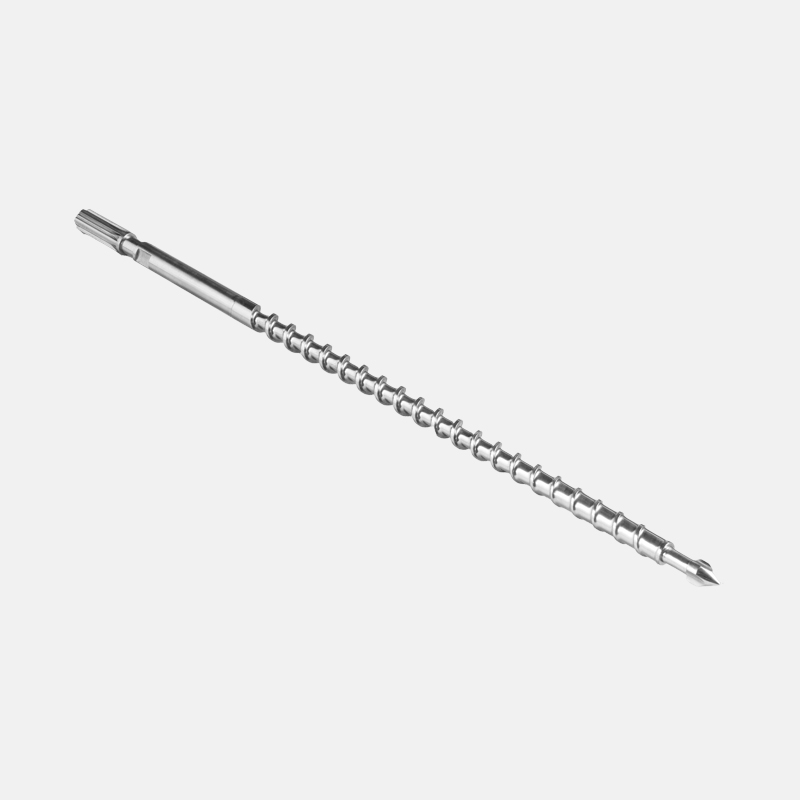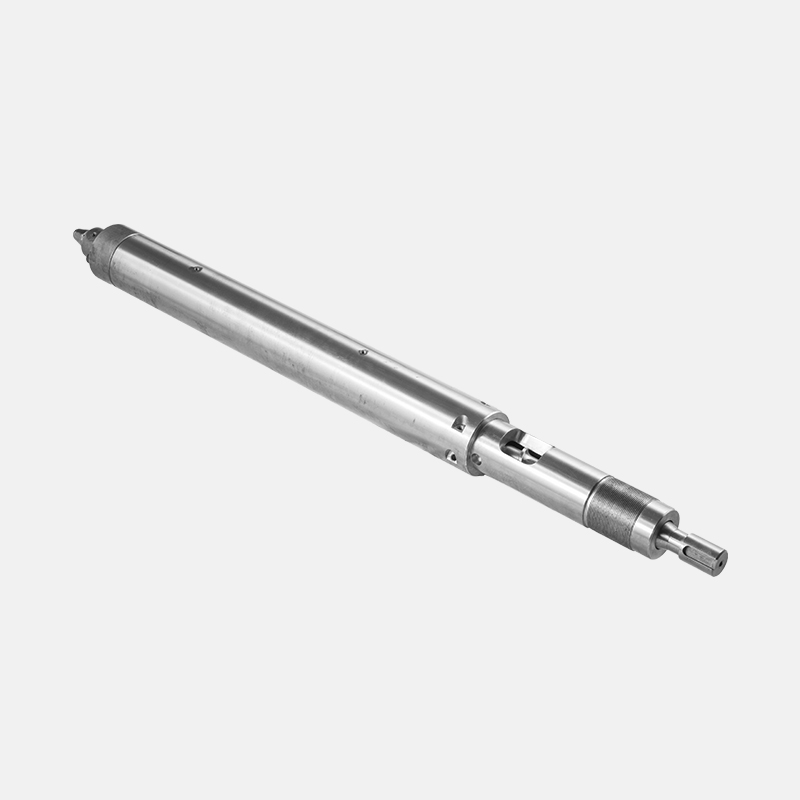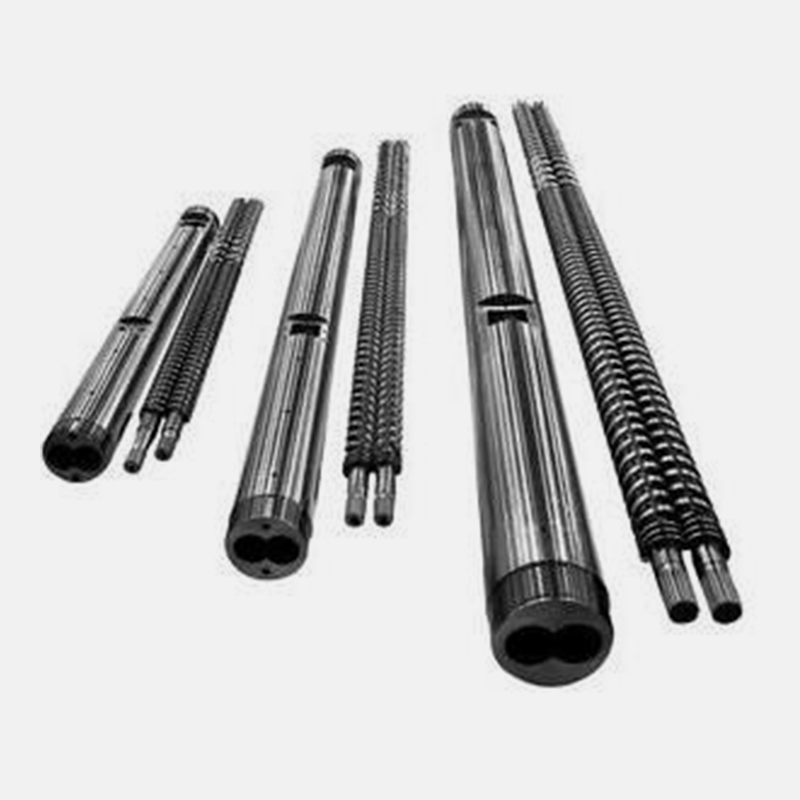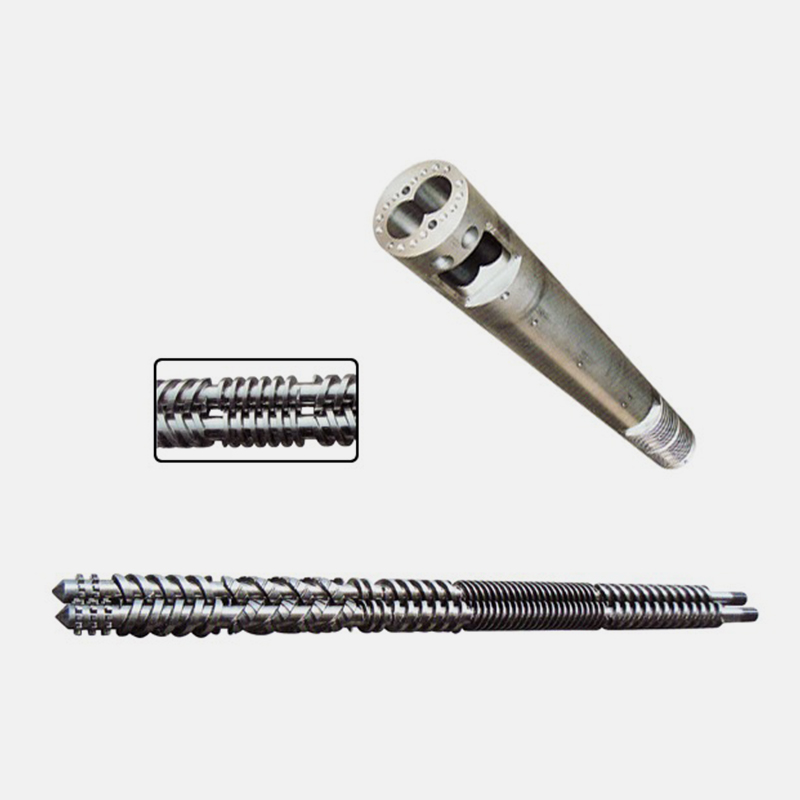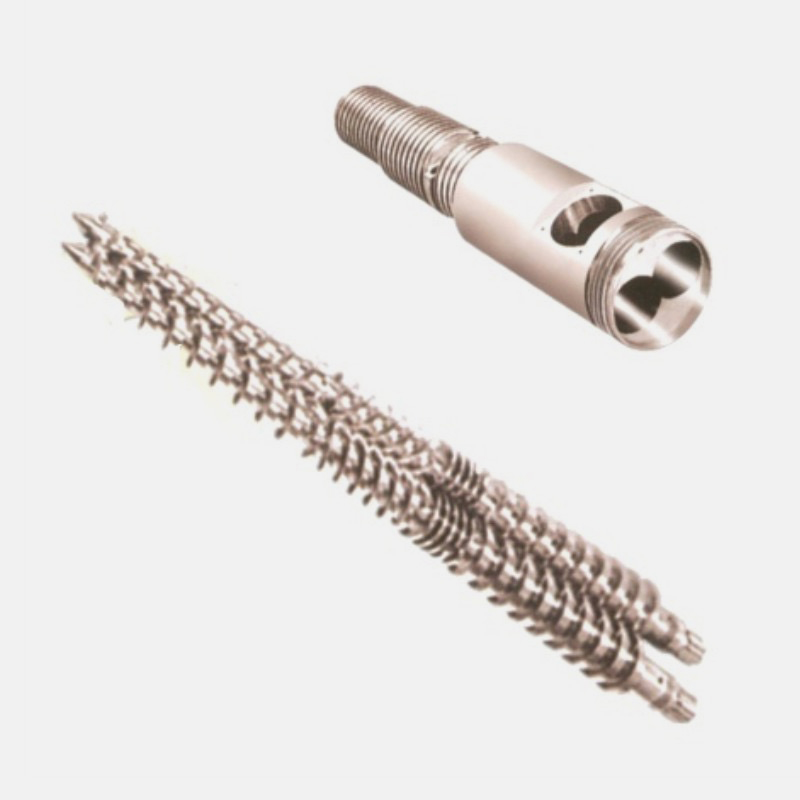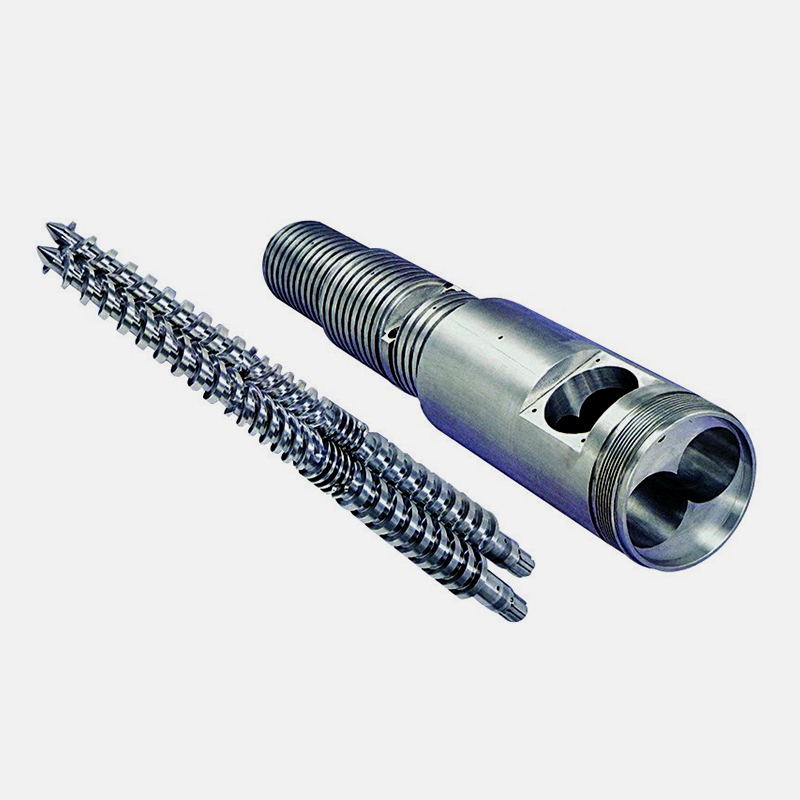Single steel is easy to wear, and the cost is much higher than that of
bimetallic screw barrel. As a result, the industry has developed several grades of high-performance alloy steels. However, these are expensive and require more time and special processing. In addition, bimetallic screw barrels cost 1.5 to 2 times as much as nitrided steel screw barrels. However, it can increase lifespan by two to five times. The bimetallic screw barrel is composed of two parts: the barrel and the sleeve. The outer casing is made of bi-metal material, while the inner sleeve is made of tool steel. Spin-cast bimetallic barrels are less prone to wear than set bimetallic screw barrels. The bimetal screw barrel is used to increase the service life of the screw shaft. They are made from a combination of tungsten and carbide for improved wear and corrosion resistance. The thickness of the bimetal layer is usually between 0.025mm and 4mm.
Screw Nozzle for Injection Screw & Barrel
It is deposited by different methods such as laser cladding, thermal spraying and surfacing. After applying the bimetallic layer, the screw is placed in an electric furnace for annealing, which involves heating and cooling the barrel at a rate of 50 degrees Celsius/hour. Then grind the screw and the finished product is ready to use. Bimetallic screw barrels are used in a variety of industrial applications. For example, they are used to make common plastic pipes and drip irrigation systems. However, recycled polymer can cause problems for screw barrels, as the regrind material contains impurities, particulates and plastic additives that can cause additional wear during extrusion.
Therefore, choosing a screw barrel with a bimetallic insert helps ensure a smooth production process. Bimetallic screw barrels are made of two different metals one is the base metal and the other is the stronger metal. In addition to metal composites, bimetal barrels can be made from more than 20 metals. Some of these barrels are made of a nickel-rich boron alloy that is resistant to wear and corrosion. Bimetallic screws offer many advantages over conventional screws. For example, bimetallic screw barrels can increase the wear resistance of the screw and increase its service life. They also increase the operating temperature of the screw, which helps extend its life. The screw and barrel interact with each other to melt, transport and create pressure on the polymeric material in the extruder. These components require close monitoring and control to ensure proper properties and uniform plasticization of the finished product.
Therefore, precision is critical when choosing screws. The screw barrels are made of different materials. Some of them have a lower probability of rejection than others. You can choose the one that meets your requirements. Centrifugal spin casting barrels have a higher scrap rate compared to manually set bimetallic barrels. But manufacturing costs are high. The bimetallic screw barrel consists of two metals: one is the base screw and the other is a stronger metal. These two metals usually come in multiple grades. Typically, they cost six to eight times as much as nitrided screw barrels. In addition, they require special machining, a process that takes more time than standard steel. But compared with nitrided steel, the life of bimetallic screw and barrel is two to five times longer than that of nitrided steel.

 English
English 简体中文
简体中文 España
España عربى
عربى

